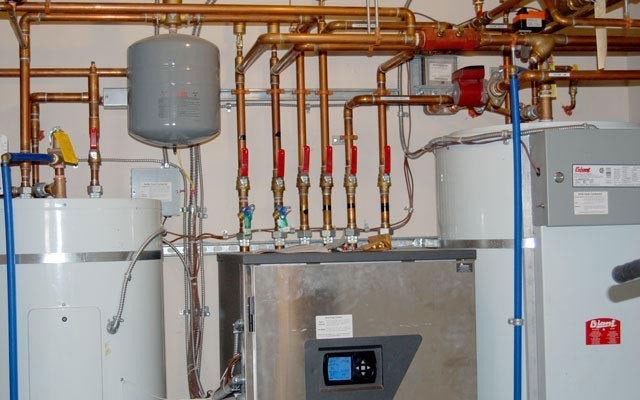At its June 15 meeting, council approved the expansion of Cheakamus Crossing’s District Energy System (DES) to include Lots 1, 2, 3 and 5 in Phase 2, while excluding Lots 4 and 6.
The move comes after a Resort Municipality of Whistler consultant created a thermal hydraulic model of the existing DES (which services about 500 dwellings, or 55,000 square metres of habitable space), said manager of development services Jeff Ertel.
“Their analysis has shown that in addition to the existing neighbourhood, the DES has the thermal capacity to service Phase 2 buildings proposed on Lots 1, 2, 3 and Lot 5, and as new lots reach build-out there are potentially only minor upgrades required to the system,” Ertel said, adding that the current system can provide service up to a maximum elevation of 650 metres.
“In order to expand the DES to Lots 4 and 6 (both above the 650-metre elevation limit) an additional pressure zone would need to be created in the DES loop. The additional capital costs for a second pressure zone is estimated at approximately $500,000.”
While Ertel said using the DES to service Lots 4 and 6 is technically and financially possible, it is recommended that the system’s remaining capacity (about 27,000 square metres of habitable space) is used for the lower Phase 2 lots, as well as the future Phase 3 lands located between Bayly Park and the Cheakamus River.
The DES—touted pre-Olympics as a state-of-the-art green technology that extracts heat energy from treated wastewater to provide space and hot water heating—has a checkered history at best.
After a decade of operational issues, thousands in repair bills, and years of back and forth between some Cheakamus residents and the municipality, the RMOW agreed in August 2019 to offer a $5,000 rebate to homeowners (with conditions attached) to help them opt out of the system




